Meet Orsolya Szánthó | Multimedia designer, filmmaker
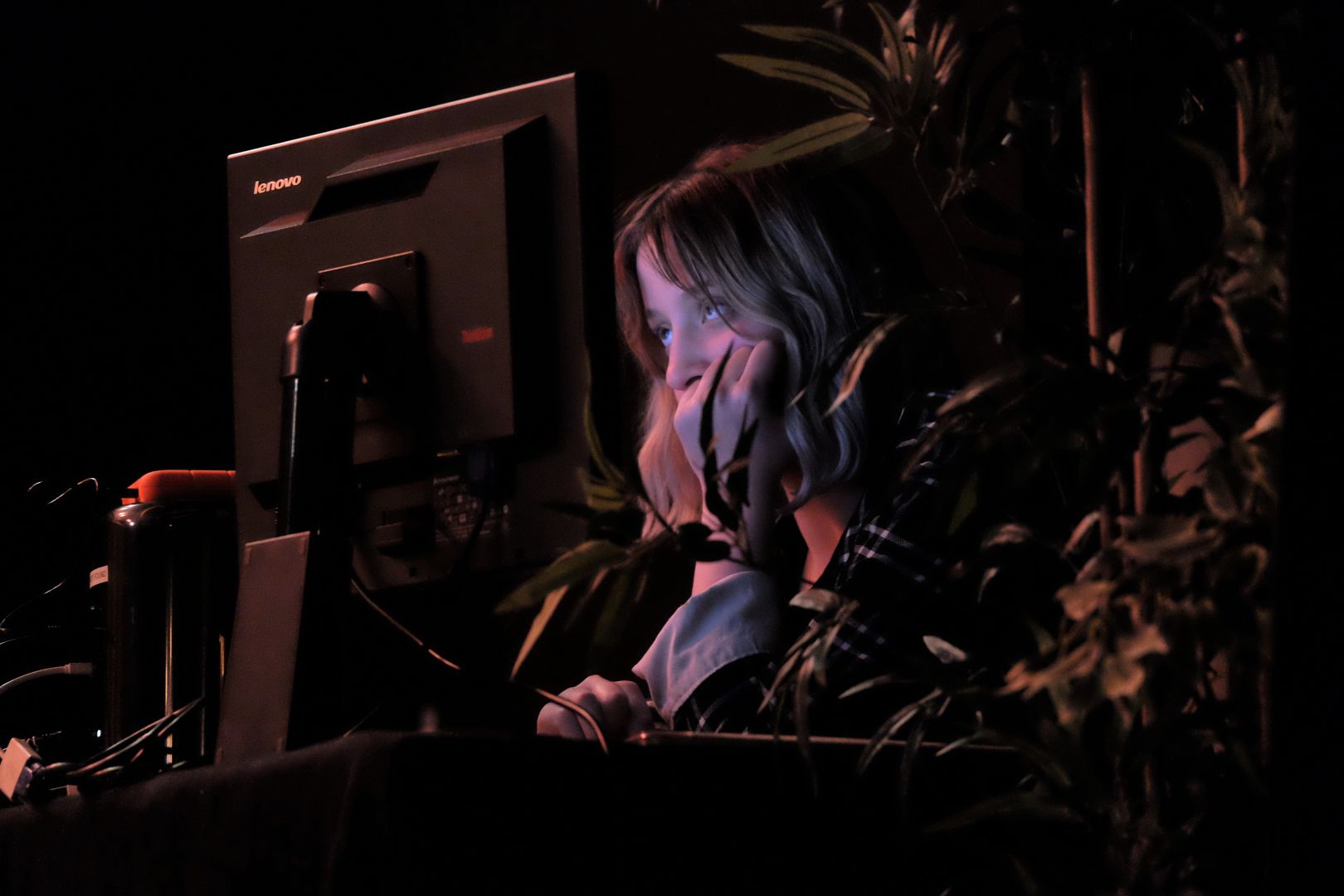
We had the good fortune of connecting with Orsolya Szánthó and we’ve shared our conversation below.
Hi Orsolya, can you walk us through the thought-process of starting your business?
Chilean actor and artist Attilio Rigotti and I founded a company a few years ago to carve out more space for ourselves as young international and multidisciplinary artists trying to create genre-defying work. Our arts company, Glitch, was really our response to the two constant challenges we were facing: we both were seeking a deeper engagement with technology in the theater than what most of our projects allowed, and we were almost always in different parts of the world. We wanted to discover our own model for a company, and find more flexible and inclusive ways to create artistic work.
The key consistent challenge was that we couldn’t find real space for us to try to create innovative work in our existing practices. Using gaming technology and creating design live –even as an actor on stage– was something Attilio had been seeking in his work for a long time. At the same time, I had been keen on bringing my technical skills in interactive and visual design to live settings that approached audiences as participants, not mere spectators. While we loved our projects and collaborators, the work was always ultimately defined by producers and institutions, who were often either resistant to technology or simply a bit more risk-averse. Our earliest self-produced projects included an interactive installation that used organic materials like wood and live plants as touch interfaces for audio generation, and a play that used retro TVs and a fully actor-operated light design system for exploring memories and ideas of living a bilingual life. In a way, it was just too early for these ideas in 2019, which are much more common themes of exploration now– and also much easier to produce with recent advancements in technology, which is super exciting.
In response to the location problem, we also wanted to shape the company to allow us to work together remotely more easily. The hybrid and part-digital nature of the work was a perfect fit for this plan, which we knew as we had remotely collaborated before. But the idea of such remote collaboration, especially within the theater, seemed insanely weird and wild to others at the time, as this was still just before the pandemic. Still, I think this need to make remote collaboration work was a key motivation, as we both had been living quite an international life. While I was born and raised in Hungary, I started moving around just as I began discovering my interest in an artistic career. I met a lot of collaborators along the way who were all from different parts of the world, and I wanted to have a space to continue building those relationships despite the physical distance. Attilio’s situation was also similar. By now, two more core company members have joined us, making the company half NYC-based, 75% Chilean, and fully interdisciplinary.
In many ways, the past few years have brought many challenges, but we have also had incredible opportunities and collaborations with like-minded artists and companies. As an example, Glitch has had a number of projects with City Lyric Opera, an innovative, women-led opera company based in NYC, creating immersive and interactive productions both online and offline for a physical audience. We also got to work more with Kaki King on her iconic multimedia shows, creating interactive projection design for her guitar. Our main goal for the coming year is re-focusing on producing more original work again, while continuing a balanced amount of creative design and client work to keep developing and to find sustainability for our artists, collaborators, and practice.


Can you open up a bit about your work and career? We’re big fans and we’d love for our community to learn more about your work.
As an artist working across a range of fields –and often working on international and remote collaborations– it can become a real challenge to explain what I do. Terms like “multimedia” or “multidisciplinary” can often feel elusive, and that doesn’t help when a lot of people often already have the idea that art is this strange, intangible, shapeless thing, not a “real career.” So to put it in more concrete terms, I create moving images, visuals, audio, and interactive designs. I design much of my work for live experiences, such as theater plays, concerts, events, and installations, but I also often work on films, games, and web-based media. Anything that needs an eye for captivating visuals and some design skills for crafting moving experiences– that’s where I thrive.
Given the nature of my fields, I often collaborate with large groups of artists. In such projects, the overall direction meshes each collaborator’s unique aspirations, but I am always the most driven to create experiences that move and connect people. My background is in film and theater production, but I’ve been obsessed with interactive installations and participatory performance from the beginning. Pieces that allow a live audience to share a space and actively go through an experience together are potent in creating emotional responses and connections in ways people might otherwise never even consider. That’s what I always strive to do. Some of my recent projects with this focus included SoulNet, an interactive installation in London this past summer, The Garden of Alice, an immersive opera in NYC for which I remotely created AI-driven video design this past spring, and Collision Shop, an online participatory dance exhibition we created for an MIT production last year. As it shows from this list alone, my work also often includes working with and thinking about technology, particularly how it can create closeness instead of distance among us.
One of the toughest challenges in developing my career has always been the expectation to settle on a single role, genre, field, or style– to become a neatly-defined professional with a clear niche and focus. I’m not sure if I’ve ever personally received this as advice, but the way most arts fields are built, from schools to production structures, you are often made to feel that you have to narrow down your interests in order to progress. This strategy has its evident benefits, and it works incredibly well for a lot of people. Itt was just never the right path for me.
Instead, when I was starting out I always pursued whatever medium and position interested me most at the time, not being afraid to keep majorly switching up my official “5-year plan” every few months. In college, I went from being a social science major to a film major to a theater major in only three terms, only to graduate with a double major and a thesis in a third subject. Professionally, I went from a graphic design position to film festival programming, to an art gallery, to motion design, and so on. Admittedly, this approach felt (and probably looked) chaotic initially, but it was intentional. I was determined to pursue my actual interests instead of walking a pre-set path. Sometimes I felt unbearably stagnant as I was constantly finding myself in a complete beginner position instead of seeing a neat linear progression– but a ton of what I was learning was cross-applicable. After continuing working like this for a few years, I grew highly trained in multiple areas of expertise. I became committed to continually expanding and experimenting with my practice as well. Luckily, I’ve noticed real growth in the demand for cross-disciplinary creatives in the past few years, along with a growing interest in artists who work across multiple fields to find new forms of expression and understanding.
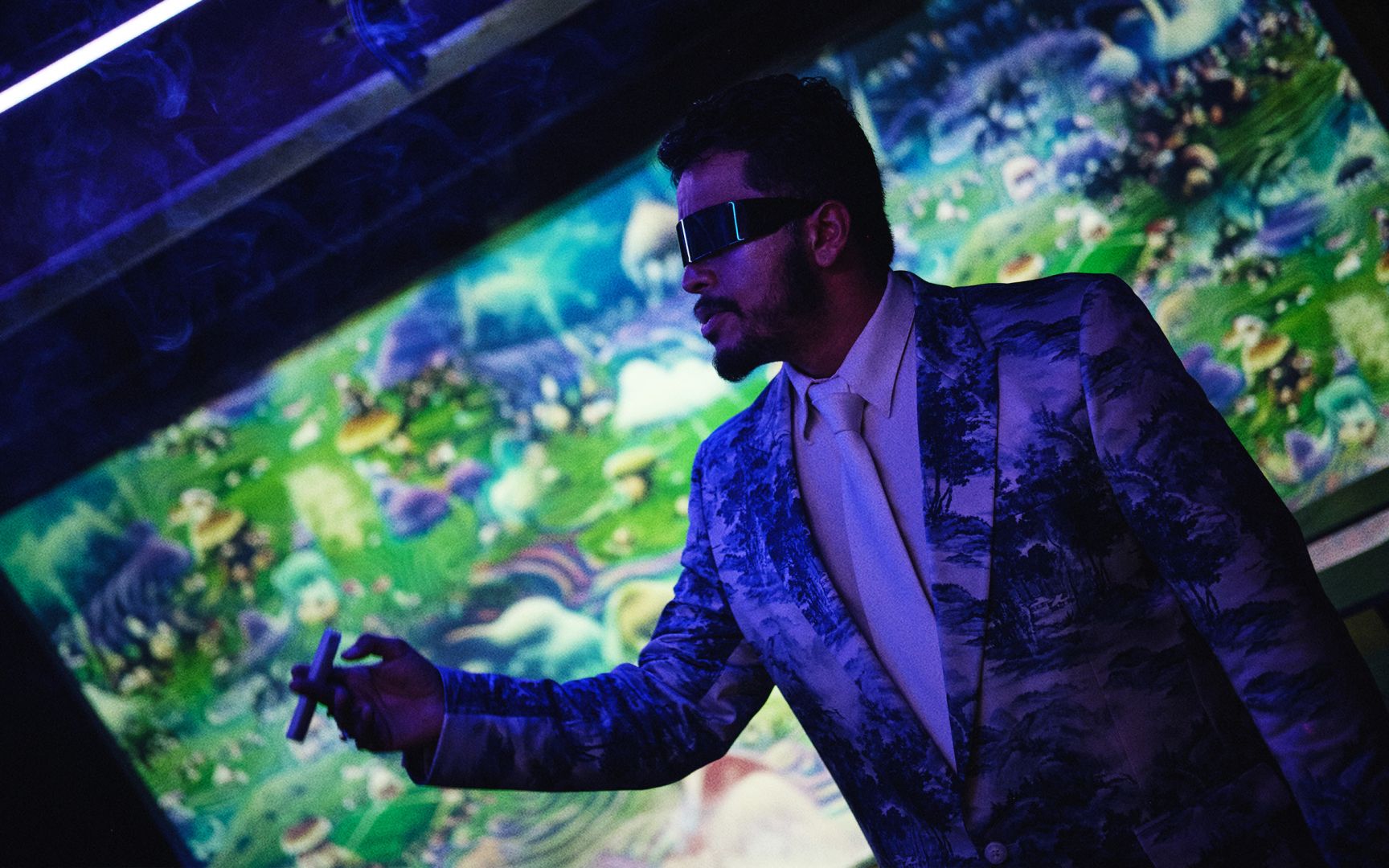
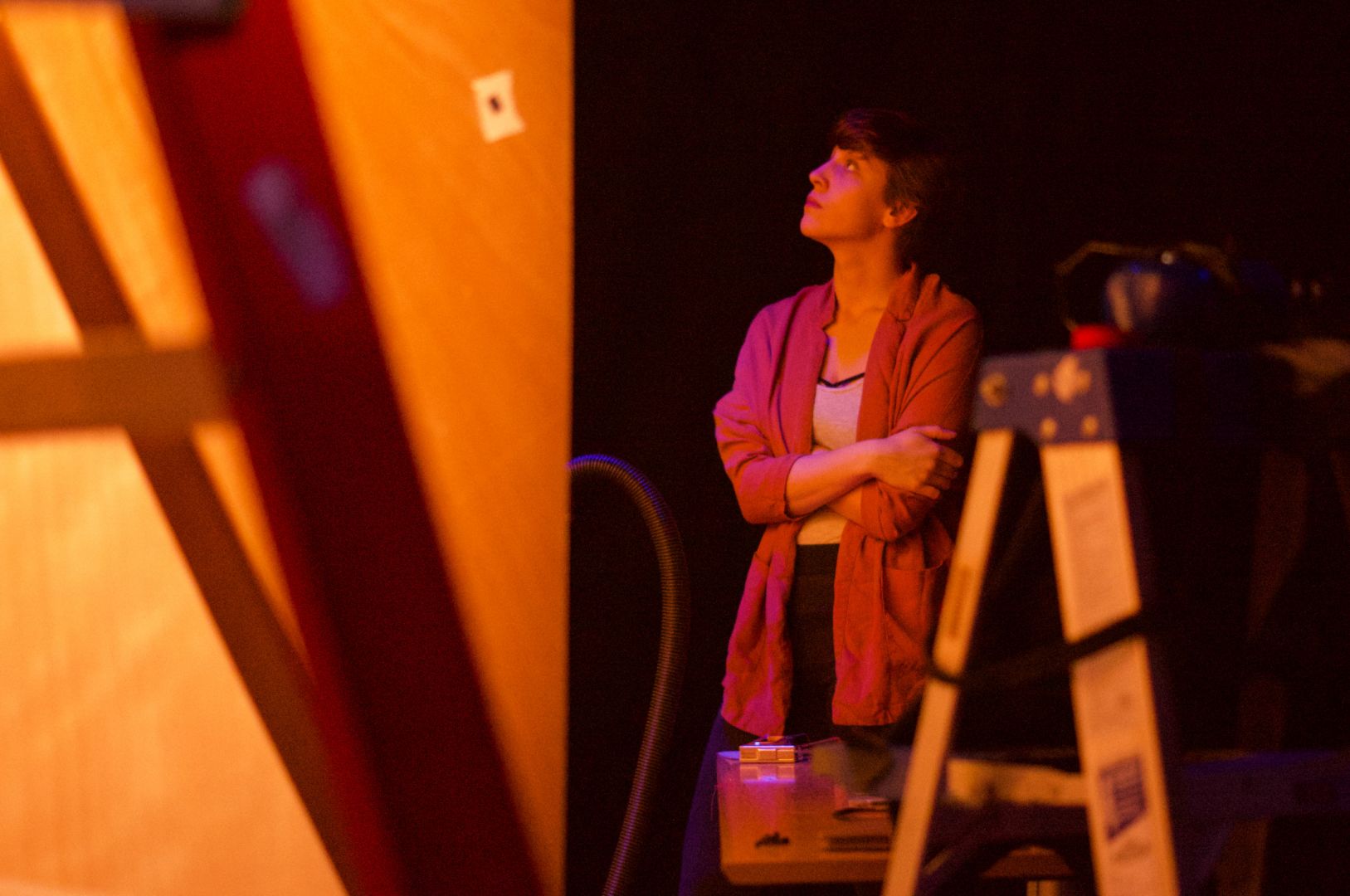
If you had a friend visiting you, what are some of the local spots you’d want to take them around to?
I have been extremely fortunate to have lived in several countries and cities in the past years, many of which still feel like home. But wherever I am, my main goal is always going to a small local café or restaurant, ideally within walking distance in my neighborhood. I think these are some of the places that can give visitors perhaps the most authentic version of what it is like to live in each city, and they are also the places that rely the most on local support. In some of my favorite cities, these places would be: Brooklyn Whiskers or Space 71X in Brooklyn, Battles Art & Coffee in London, maybe Rengeteg RomKafé in Budapest, and a small, hidden kunafa place in Abu Dhabi, which I am never able to even find on maps. Another thing I always love to do is to really use the public transport system if there is one. While it may be mundane, I have found that the way people get around in a city often really shapes its character. For a similar reason, I also love roaming small local grocery stores, although I wouldn’t require a friend to withstand that as a visitor– I can spend quite some time.
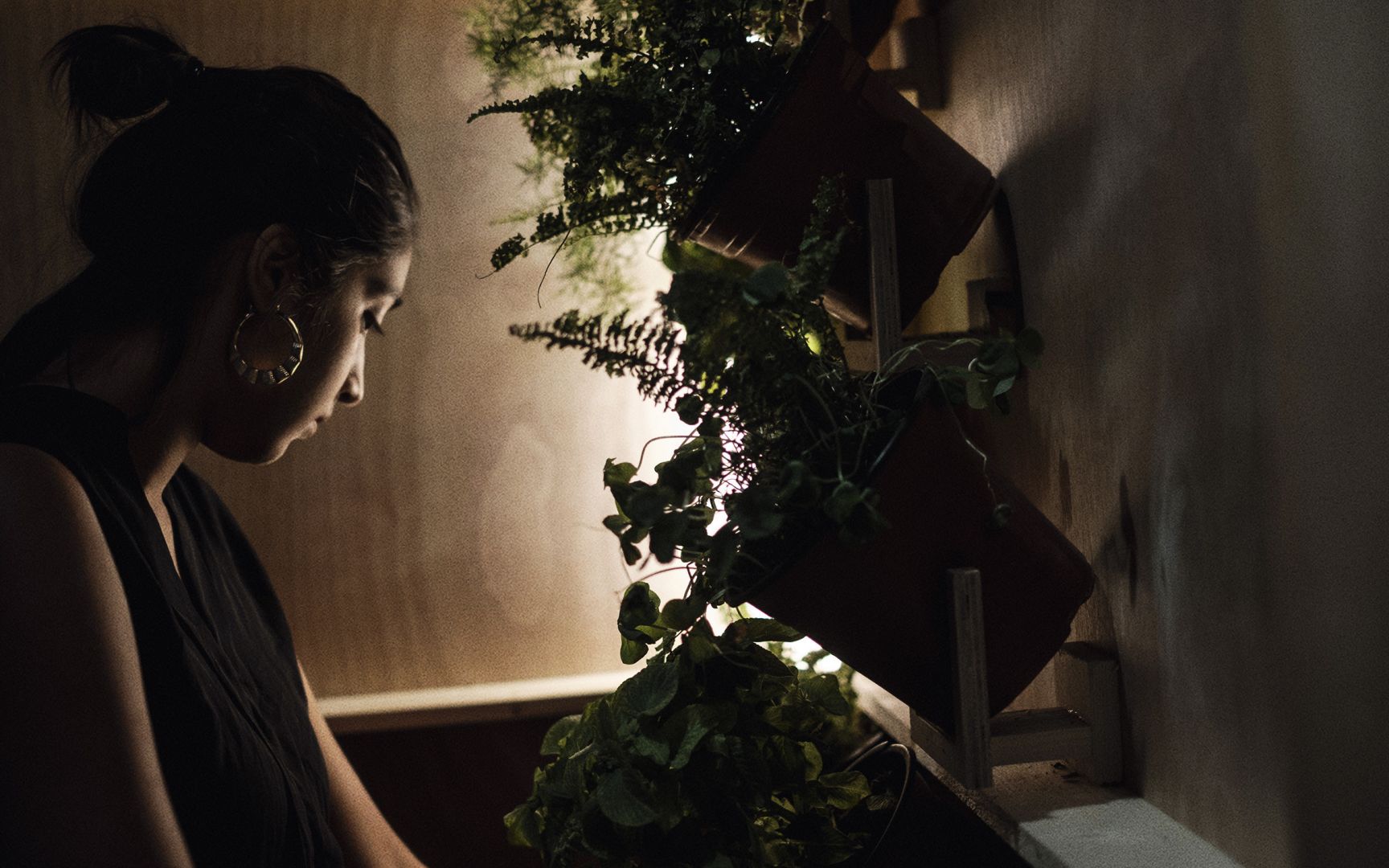
The Shoutout series is all about recognizing that our success and where we are in life is at least somewhat thanks to the efforts, support, mentorship, love and encouragement of others. So is there someone that you want to dedicate your shoutout to?
The two things I am most thankful for are the encouragement from my friends and the trust from my collaborators that I have received over the past few years. As an artist, finding support from both of these groups has been crucial in building my career. I wouldn’t have any avenues to share my ideas and work without the outstanding collaborators and organizations that have allowed me to put my creations in front of an audience and supported me in the process in more ways than I can count. For this, I am most grateful for my Glitch co-founder and partner Attilio Rigotti, along with our team of Karina Hyland and Irene Mercadal. But I also can’t fail to thank Kaki King, Alexis Gambis, Aaron Sherwood, Phoenix Theatre Ensemble, City Lyric Opera, and everyone else who has supported my professional path and provided opportunities for me to share my work. At the same time, I would be nowhere without my friends, who are all unbelievable people and have an incredible ability to cheer me up and make me remember why I believe in what I do when I feel demotivated. I owe everything to Yulia, Priyanka, Hala, Alyssa, Éva, Ruhi, Will, Isa, Luis, Ádám, Gabrielle, Christine, my fellow artists from my MSc and BA cohorts, my sister Dorottya, and a long list of other people who have been generous with their kindness, time, and energy throughout my life.
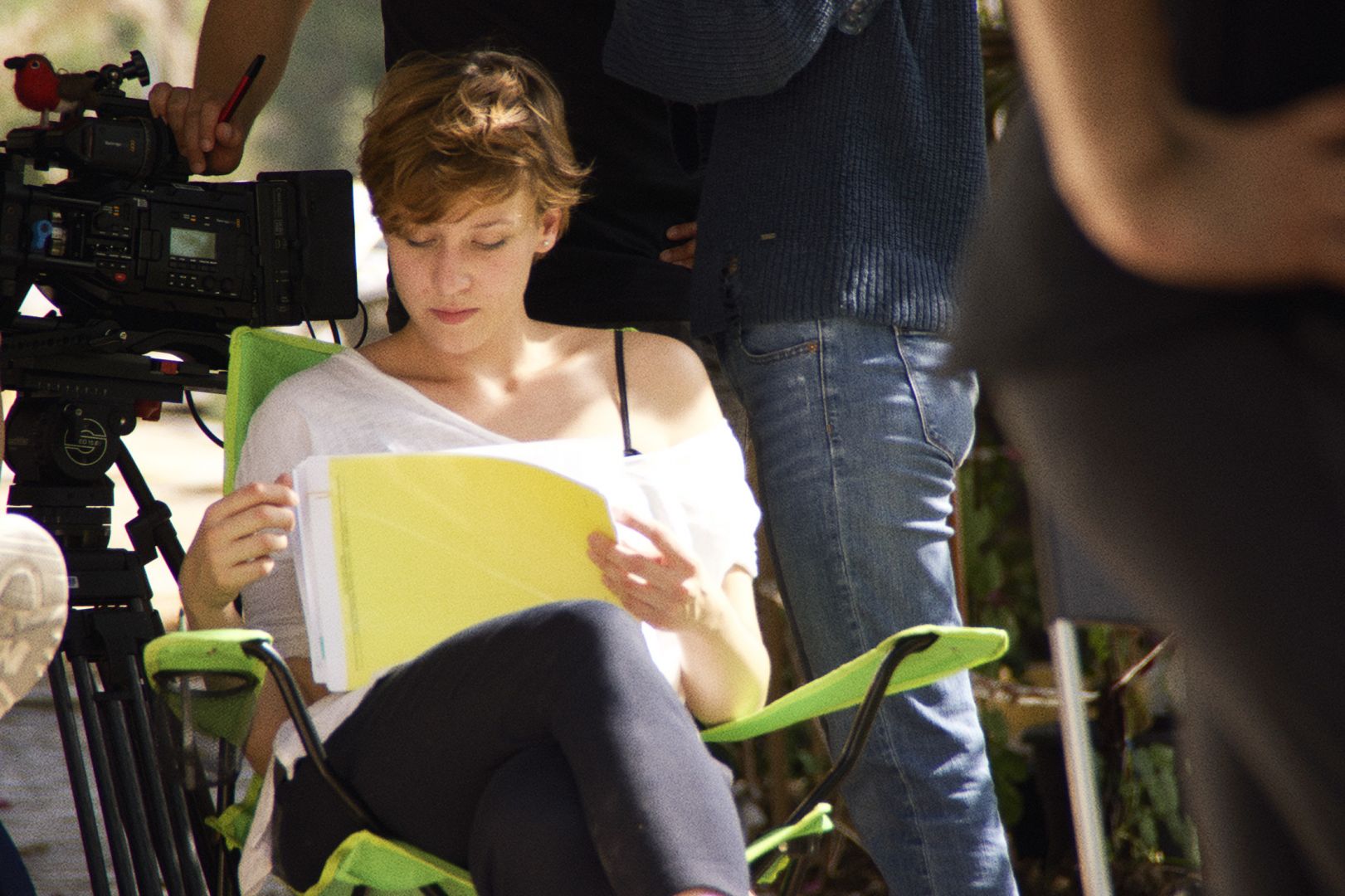

Website: orsolyaszantho.com , glitchworks.org
Instagram: @orsolyaszantho
Linkedin: https://www.linkedin.com/in/orsolya-szantho/
Image Credits
Artist photos by Simon Myunggun Seo and Roger Salem, nature(.c)ode installation photos by Waleed Shah, The Garden of Alice photos by Jessica Wall
